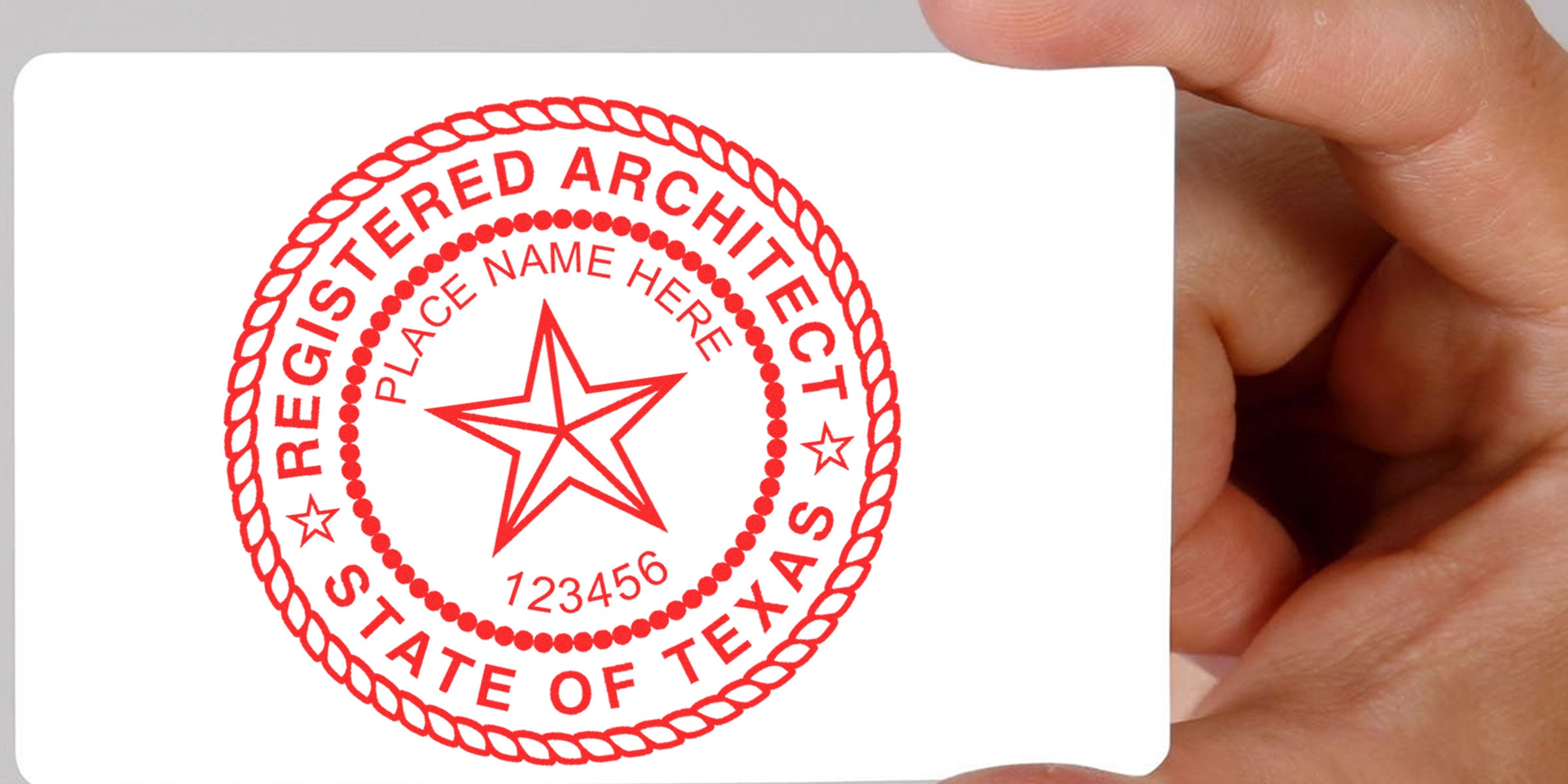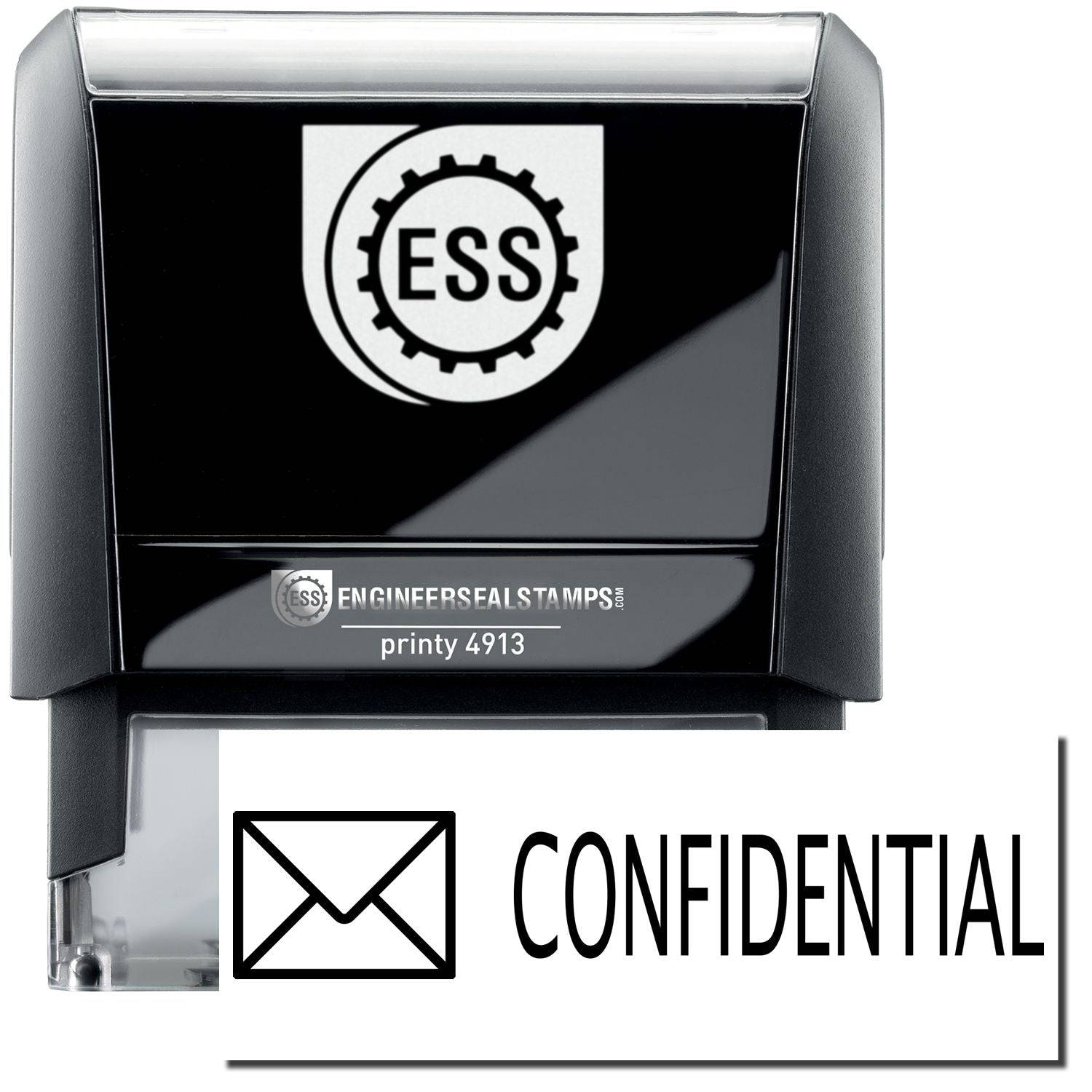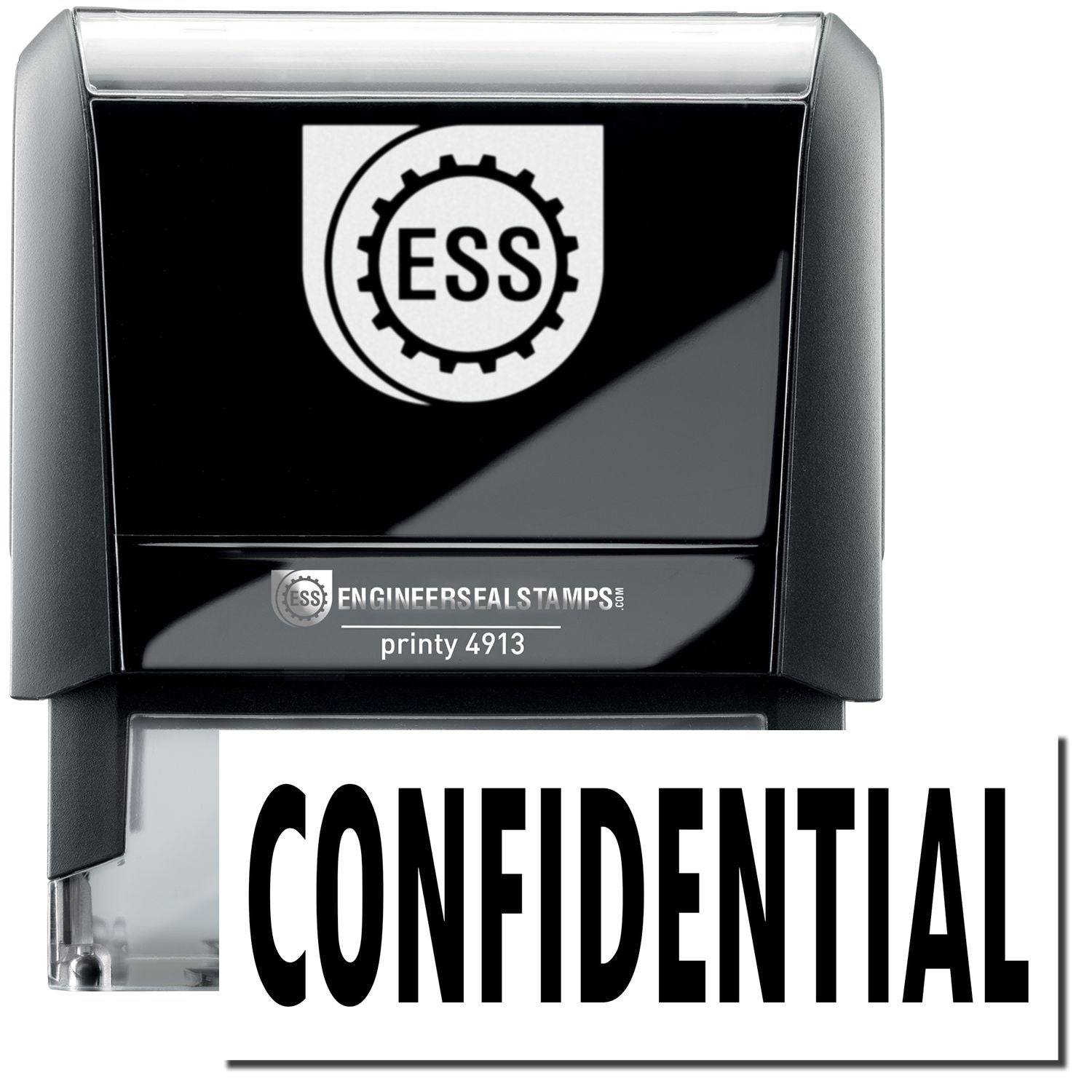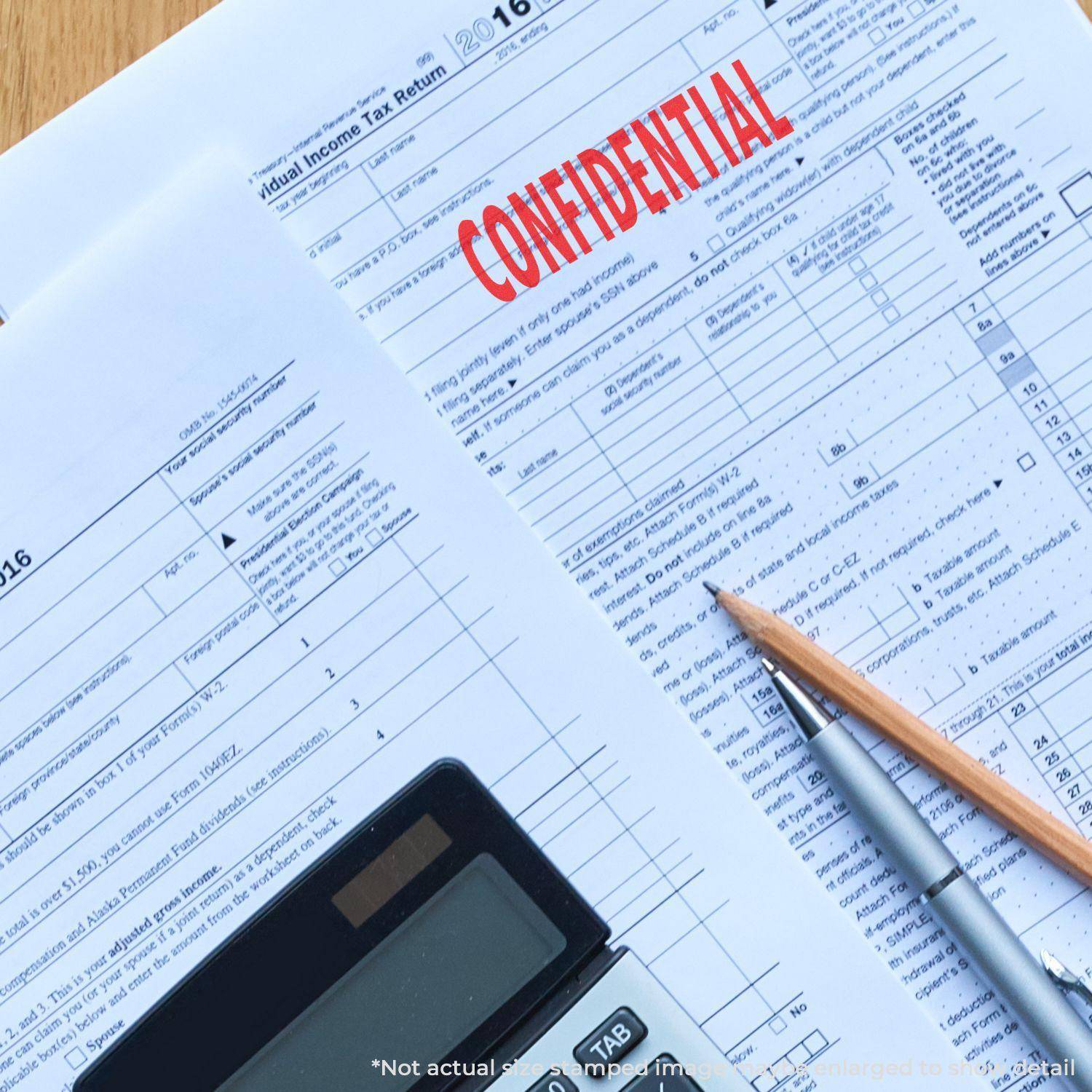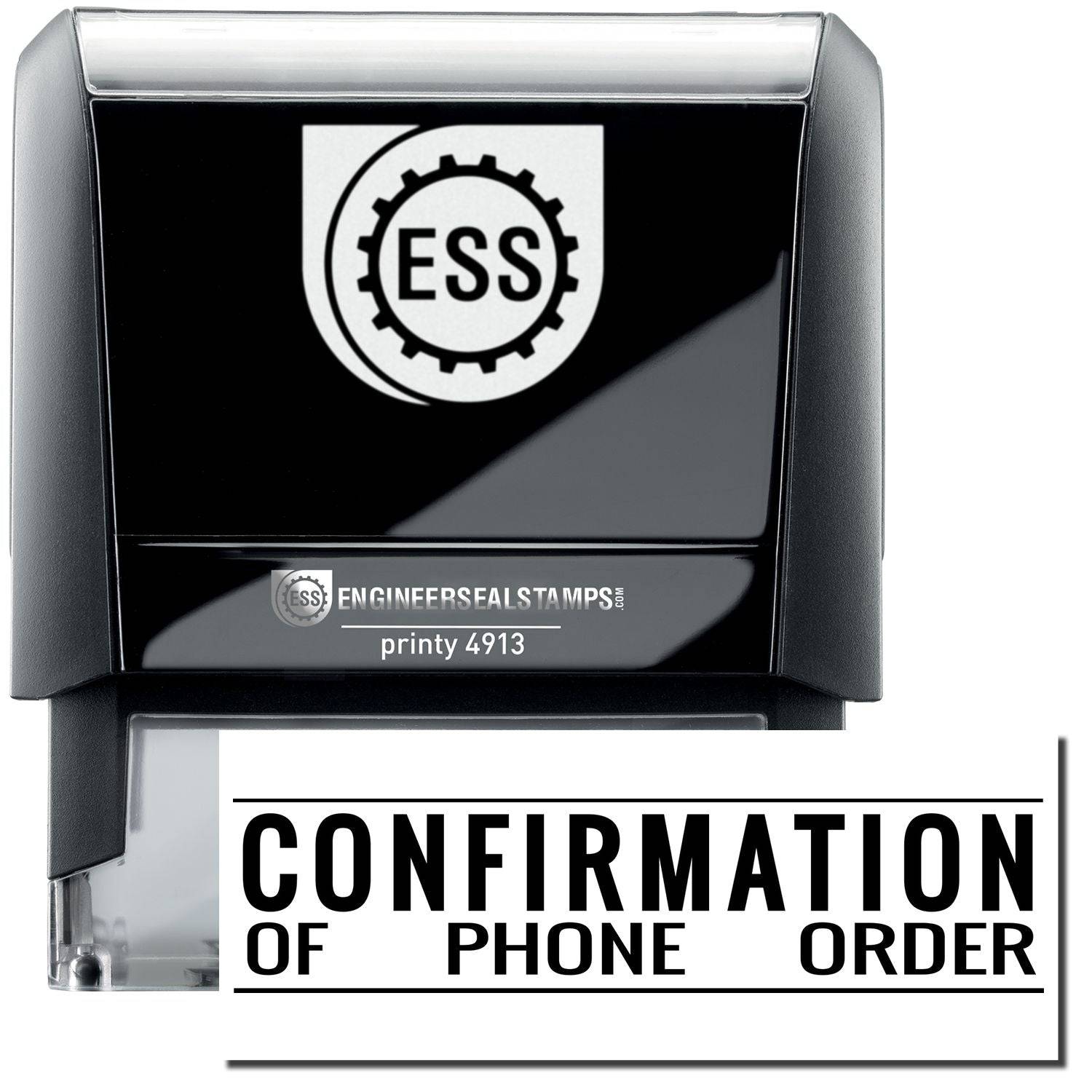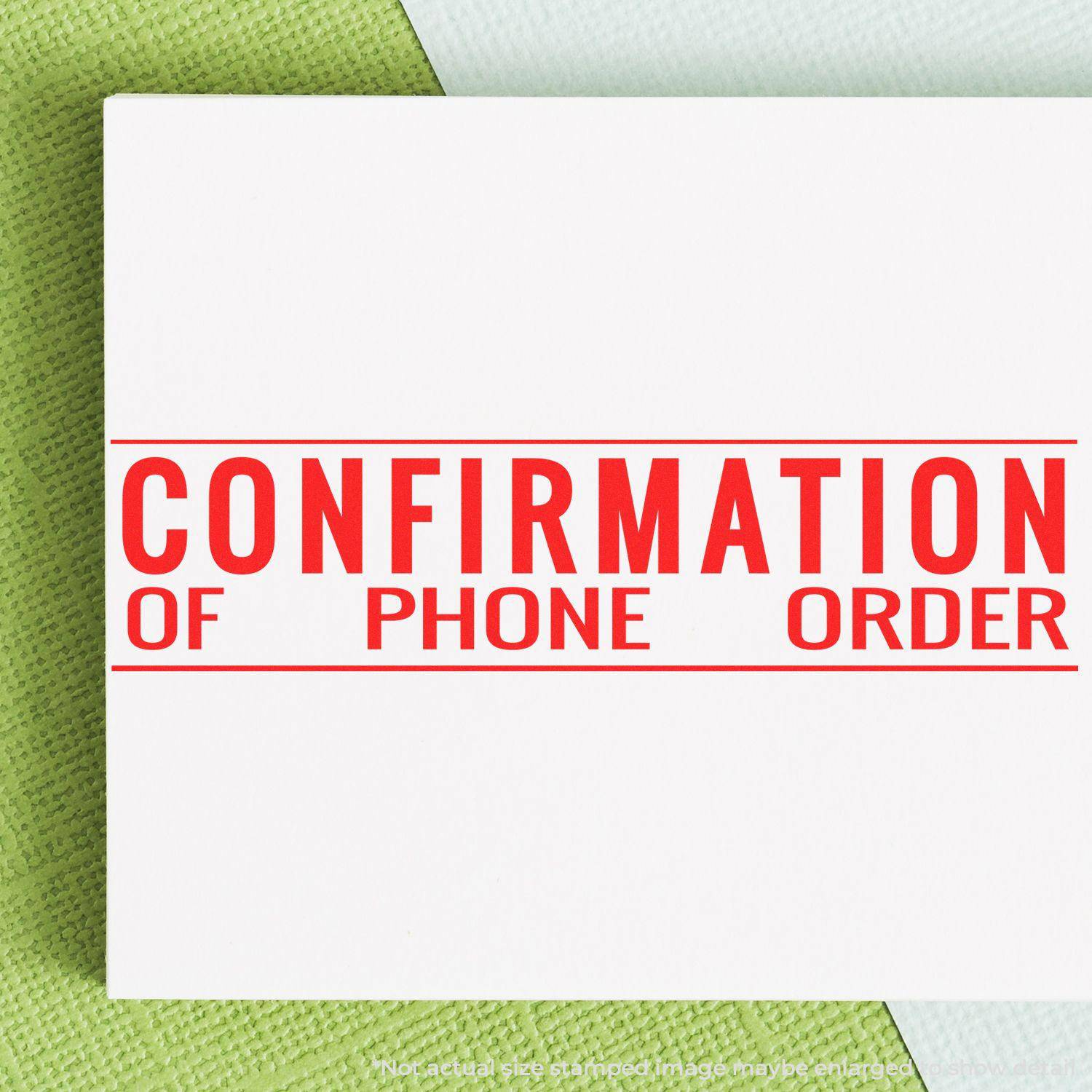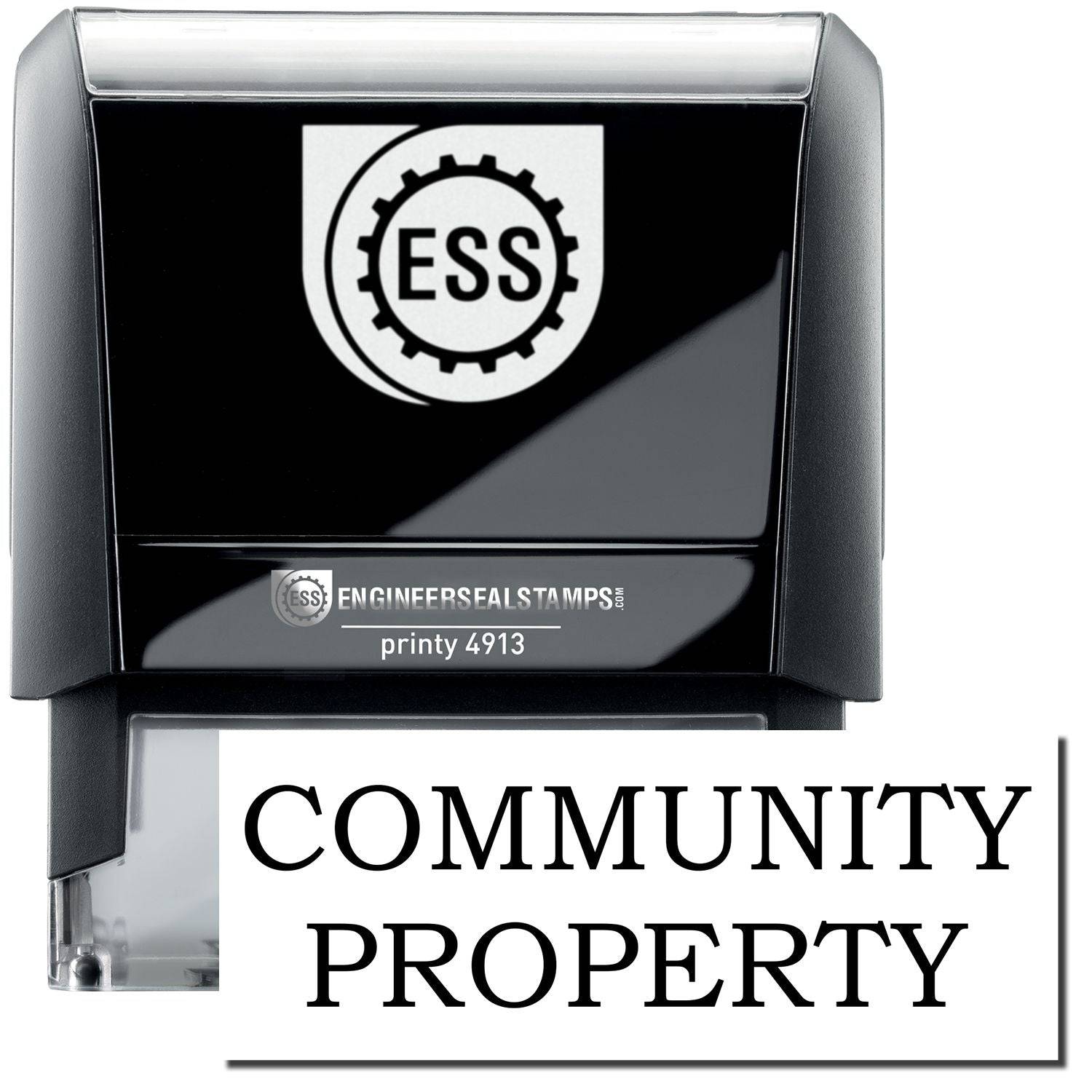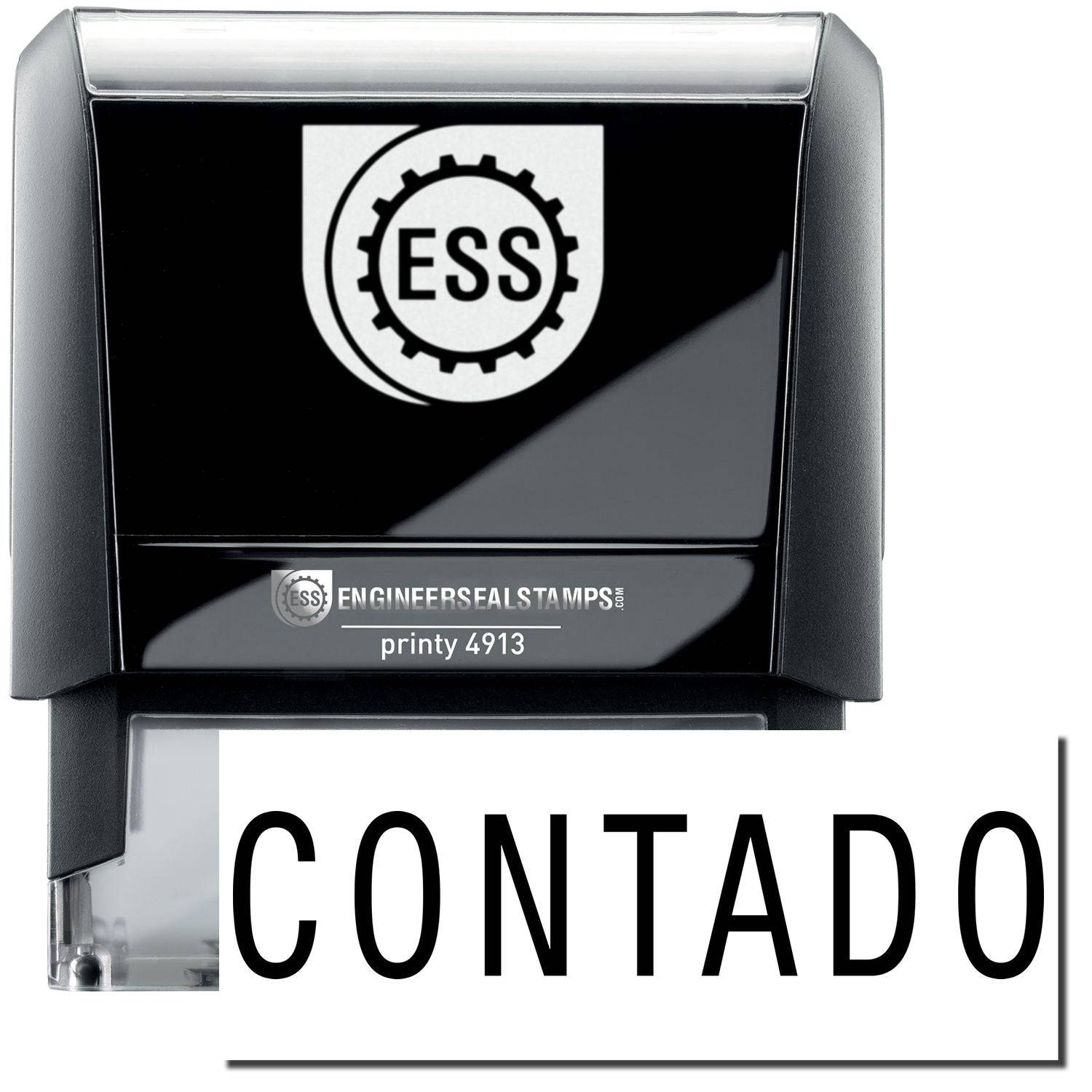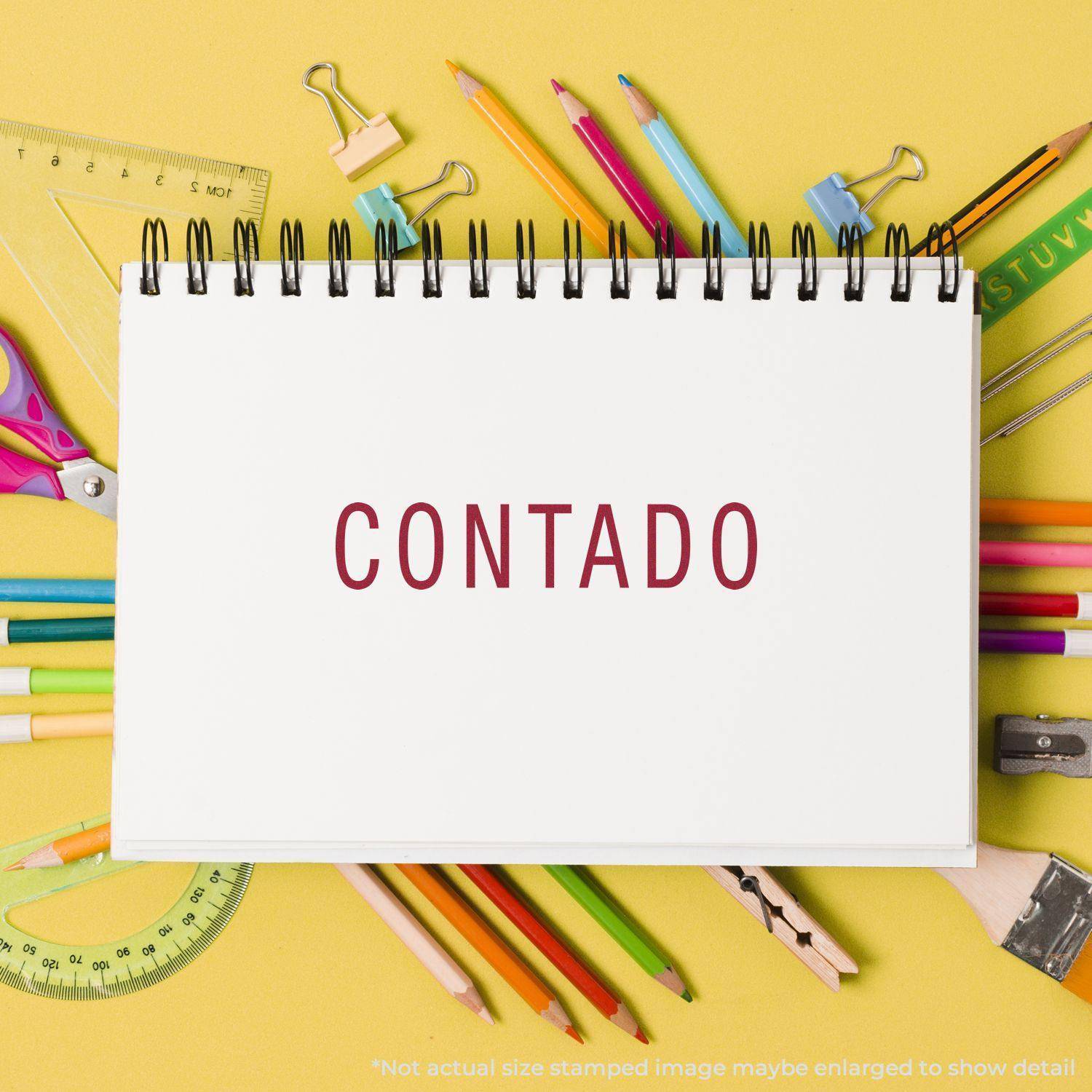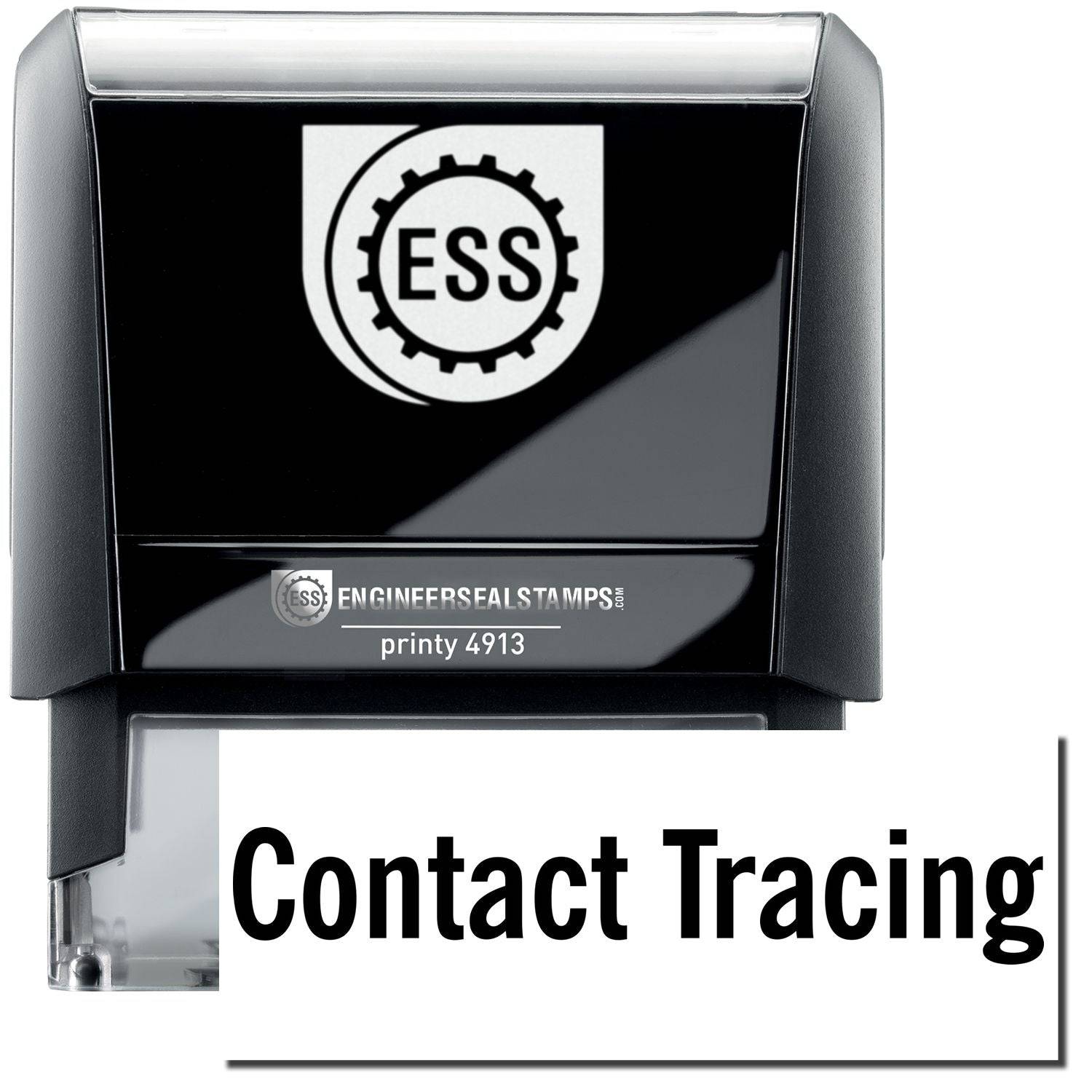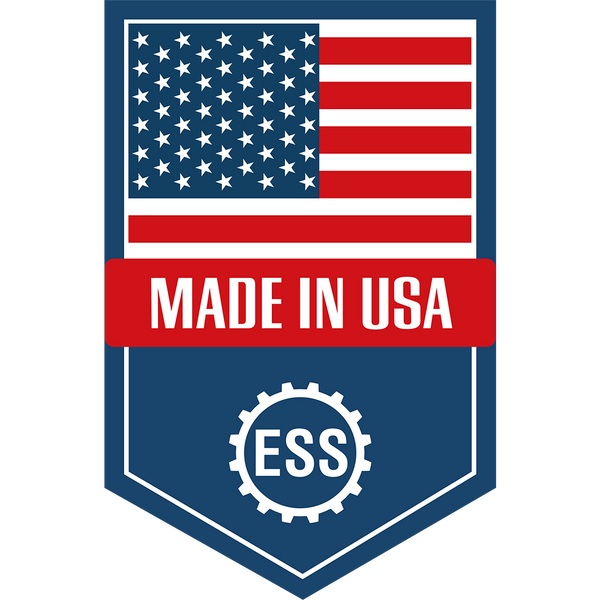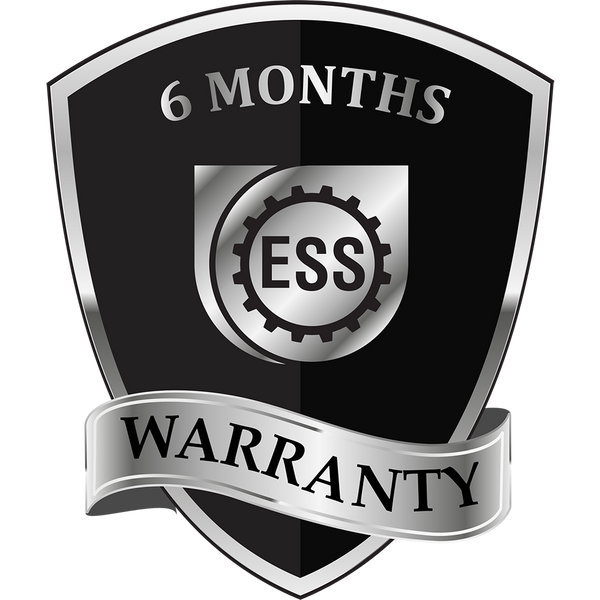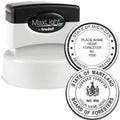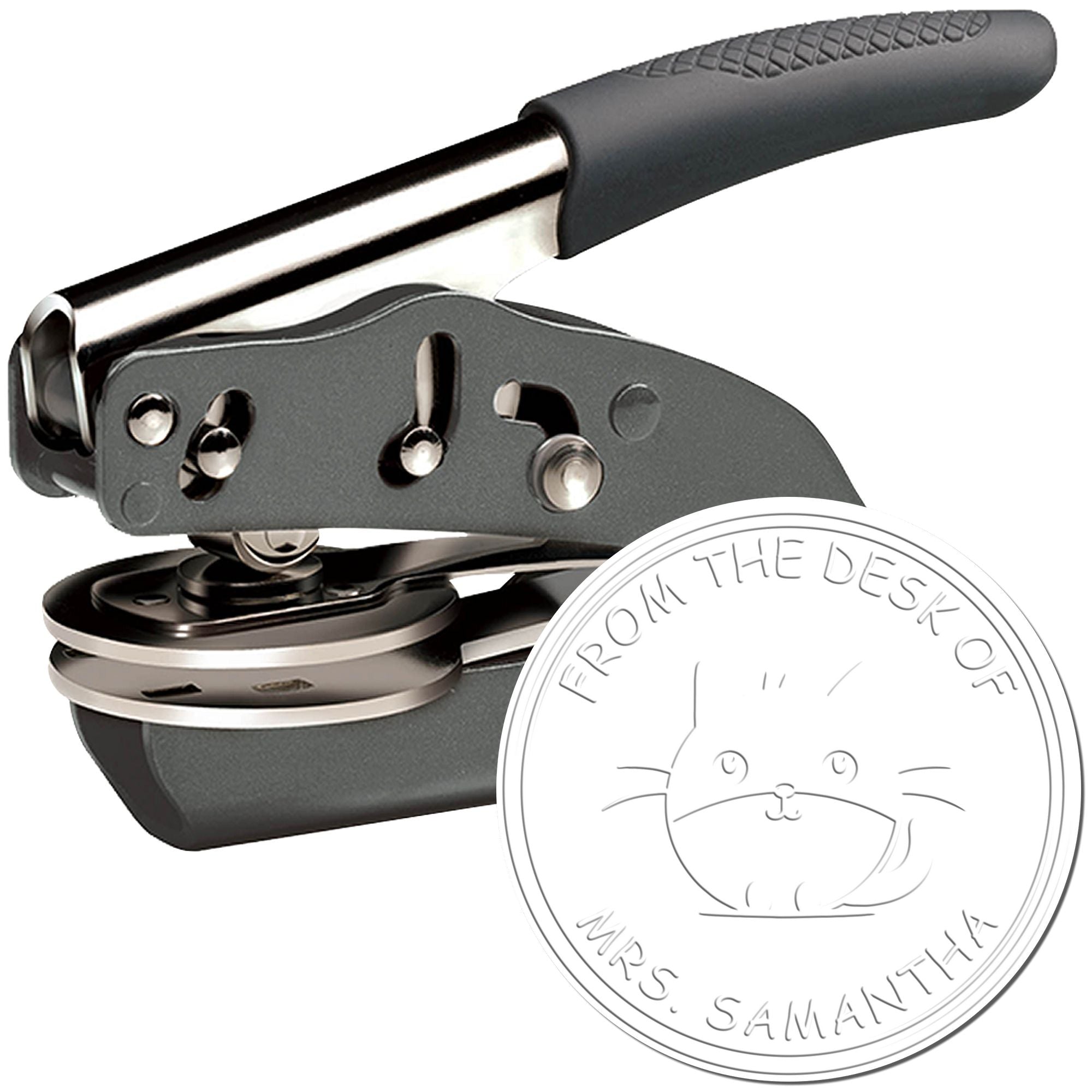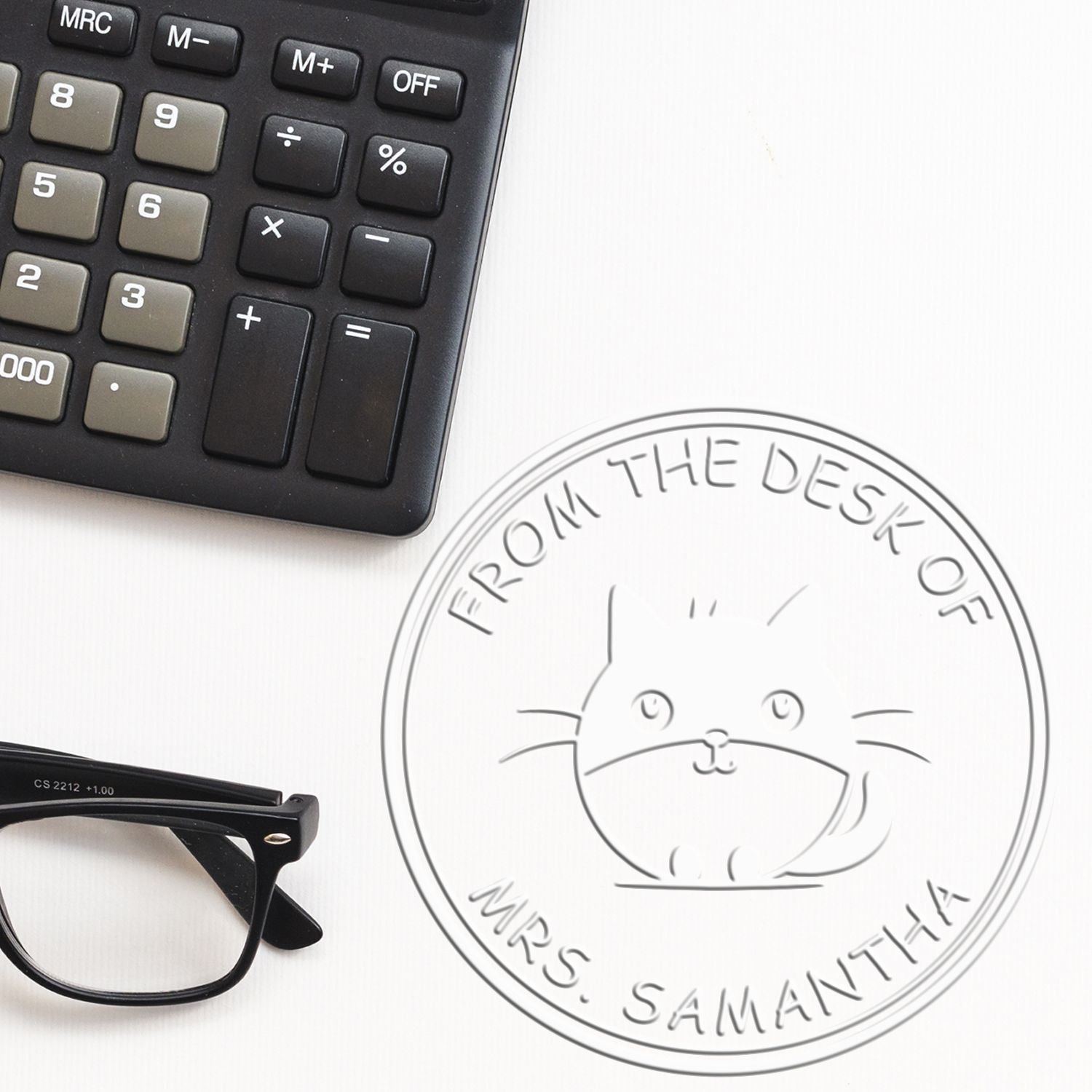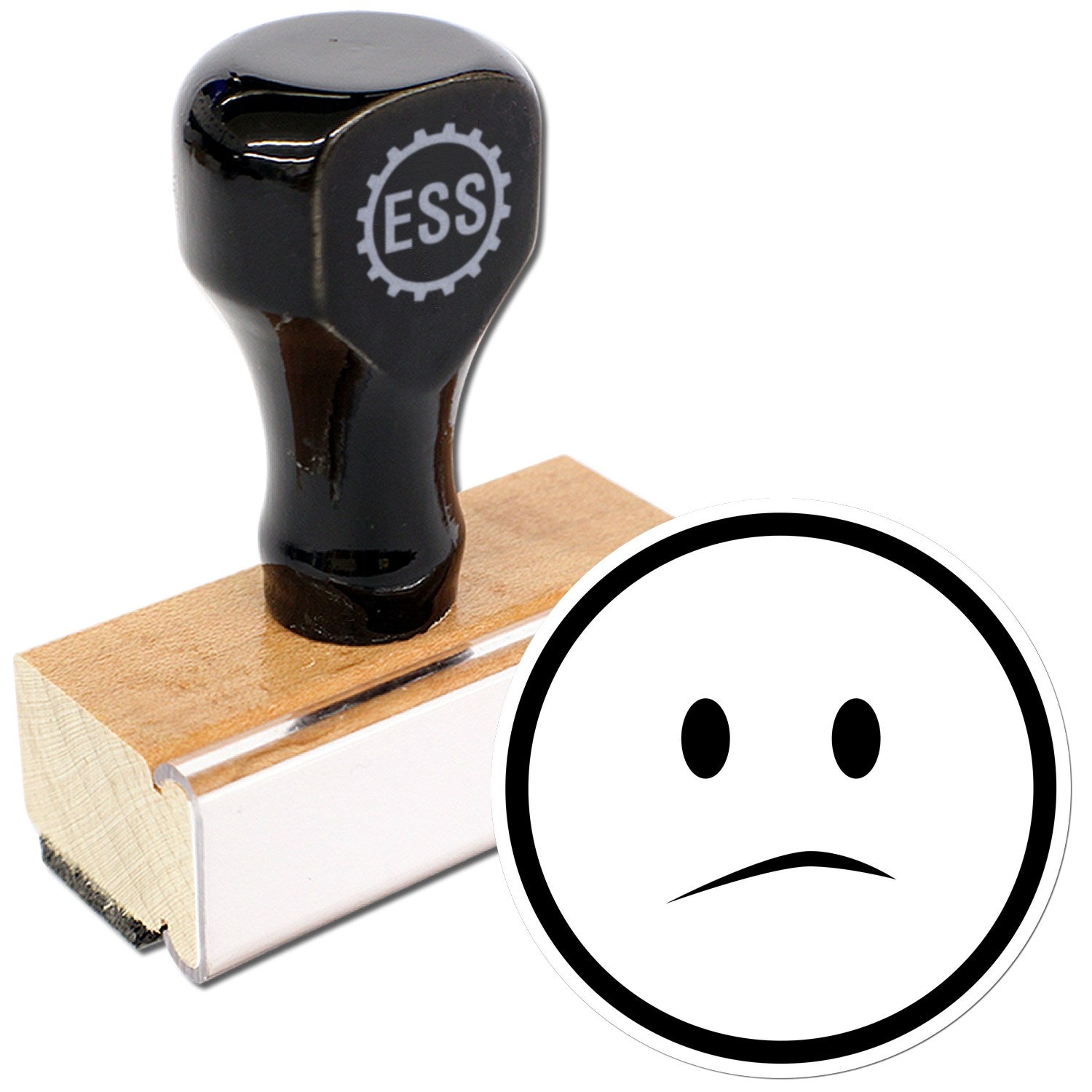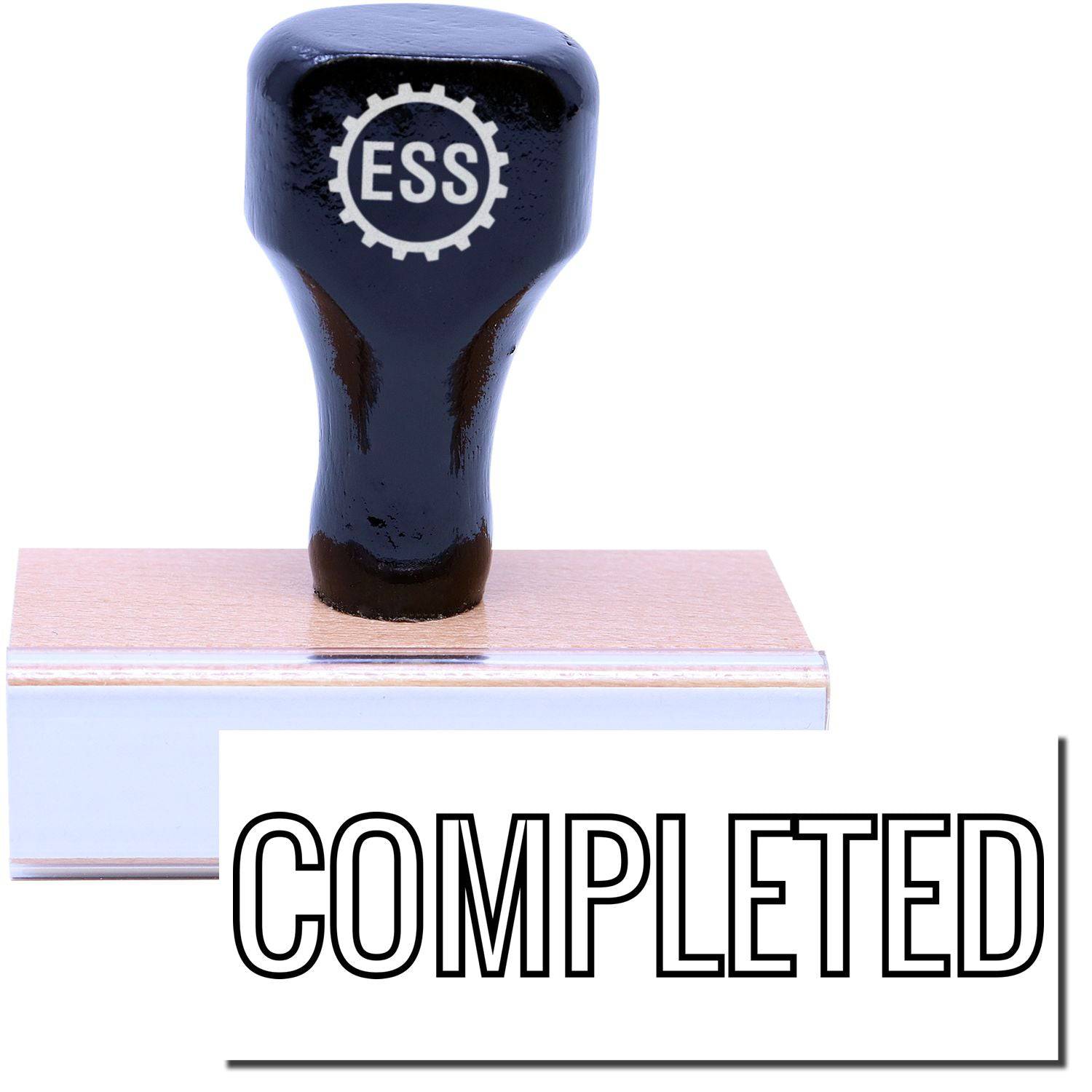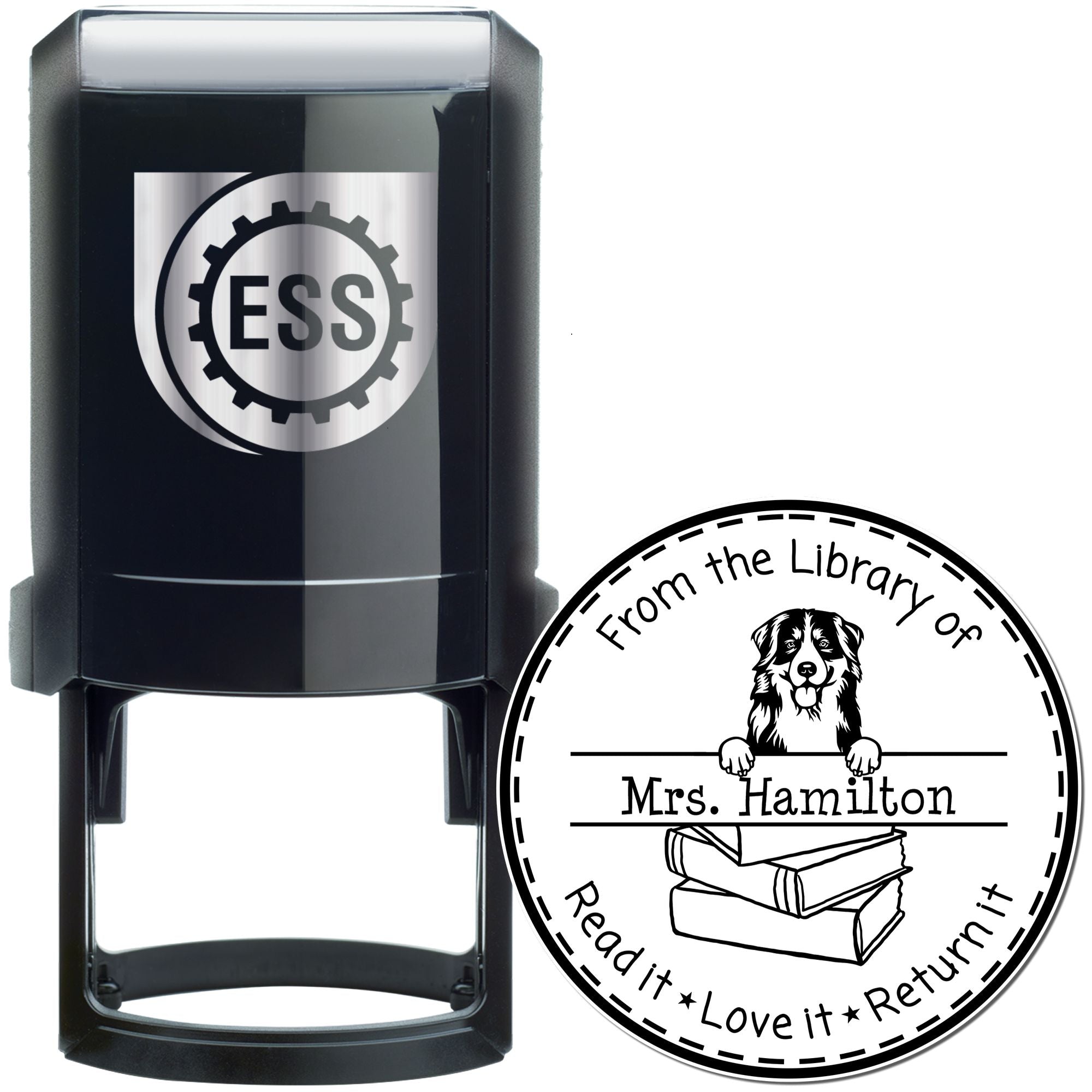If you’re on the hunt for a stamp pad for black ink that delivers crisp, reliable impressions every time, you’re in the right place. Whether you’re signing customer documents, creating crafts with your favorite designs, or labeling packaging, a trusty stamp pad can be the difference between designs that pop and smudges that drive you crazy. I’m here to help you find the perfect fit for your stamping goals so you can stamp happily for months (or years) to come.
Below, you’ll learn about different ink types, key features to watch for, and how to keep your stamp pad in top condition. Let’s jump in.
Understand the basics of a stamp pad
A stamp pad, simply put, is a small container or pad soaked with ink that transfers images or text from a rubber stamp to paper (or other surfaces). When shopping for a good black stamp pad, it’s crucial to focus on the ingredients of the ink and the construction of the pad itself.
- The ink directly affects your design’s vibrancy and longevity.
- The pad surface determines how effectively that ink stays ready for use.
In many ways, a stamp pad is like a painter’s palette. You need the right medium (ink) and the right surface (the pad material) to create smooth, well-defined impressions. Understanding the basics makes it simpler to pick a pad that aligns with your stamping style.
Look at pad material
Commonly, stamp pads are made of felt or foam. Felt pads typically handle heavier inks well and can stand up to repeated use without losing shape. Foam pads tend to distribute ink more evenly across your stamp, often requiring less pressing force for a clean image.
- Felt pads: Great for oil-based or heavy inks, durable over time.
- Foam pads: Better for water-based ink, offers smoother transfers.
If you’re not sure which to choose, think about how frequently you’ll stamp or whether you need crisp detail for fine text. Both pad types can work wonders, but the subtle differences can feel significant once you start stamping every day.
Types of black ink pads
Not all black ink is created equal. Some are designed for general use, while others cater to specialized surfaces such as metal, glossy paper, or fabric. Getting the ink formula right is important if you don’t want smudges or faint impressions. Here are the three main categories you’ll come across.
Water-based ink pads
Water-based ink is popular for everyday stamping. It dries relatively fast on most kinds of paper, making it a good fit for documents and greeting cards. The cleanup is usually straightforward, since you can rinse your rubber stamp with mild soap and water.
- Pros: Quick-drying on paper, easy to clean, budget-friendly.
- Cons: Tends to smudge on glossy surfaces, not as vibrant on non-porous materials.
If you’re mostly stamping standard office documents, water-based pads should do the trick. Just make sure you store them in a cool, dry spot so the ink doesn’t dry out prematurely.
Oil-based ink pads
Oil-based ink pads produce bold and long-lasting prints. They’re prone to slower drying times on paper, but once the ink is set, it’s highly resistant to water and fading. That can be a big plus if you’re signing checks or official documents that must remain legible for years.
- Pros: Vibrant prints, durable on many surfaces, water-resistant once dry.
- Cons: Slower dry time, can be messier to use, require a stronger cleaning solution.
If you’re the type who wants bold black stamps and you don’t mind waiting a little on dry times, oil-based ink might be your new best friend.
Solvent-based ink pads
Solvent-based inks are the heavy hitters. They’re designed for non-porous surfaces like glass, plastic, metal, and coated cardstock. You’ll find them in industrial settings or specialized art projects. The ink can be a bit trickier to handle because it’s much harsher on rubber stamps (and your nose if ventilation isn’t great).
- Pros: Adheres strongly to most surfaces, highly durable, fade-resistant.
- Cons: Strong odor, not safe for kids, can damage stamps if not cleaned promptly.
Unless you specifically need to print on tricky surfaces, you might skip solvent-based inks. However, if you do require strong adhesion on unusual materials, a solvent-based pad could be the way to go.
Look for essential features
Choosing a stamp pad for black ink involves a few important considerations. Are you stamping in a busy office, or tinkering with a creative project at home? Maybe you need quick-drying solutions, or perhaps you want re-inkable pads for long-term cost savings. Here are the features to keep top of mind.
Ink coverage
You want your black ink to be a deep, rich color that stands out. A good ink coverage ensures solid lines and filled text. If you hold up a stamped paper to the light and see blotchy areas or lighter sections, that’s a sign the coverage may be lacking.
- Test coverage with a single press on a scratch piece of paper.
- Look for pads labeled “rich black” or “efficient coverage.”
Drying time
No one wants a smudgy mess. Drying time can vary widely by ink formula. If you stamp in quick succession or on glossy paper, you might need a slightly faster-drying variety. But be aware that faster drying can sometimes mean less time for the ink to fully absorb into the pad.
- For high-volume stamping, pick an ink that reliably dries in under 5 seconds on standard paper.
- If you need to stamp on shiny materials, consider water-resistant or specialty inks that still dry in a reasonable timeframe.
Re-inking ability
Some stamp pads are disposable, meaning once the ink is gone, you toss the pad and buy another. Others allow you to add ink refills directly into the pad, extending its life—often a more cost-effective choice in the long run.
- Re-inkable pads: Higher upfront cost, but lower cost per use if you stamp frequently.
- Disposable pads: Cheaper initial cost, but you’ll need replacements once dry.
I personally love re-inkable pads because it’s more eco-friendly and budget-friendly, especially if you’re stamping daily. But if your usage is minimal, you might prefer disposables for convenience.
Pick the right size and shape
Have you ever tried to stamp a large design on a tiny pad? It’s a bit of a juggling act. Pad size and shape matter more than you’d think. Larger pads are more versatile, accommodating bigger stamps and preventing partial inking. On the flip side, a small or rectangular pad might be easier to store if you only work with smaller designs.
Large rectangular pads
- Best for wide logos, bigger text blocks, or large seals.
- Helpful if you want to ink up multiple stamp sizes on a single pad.
Compact square pads
- Ideal for single-word stamps, addresses, or small images.
- Easy to pack up and carry if you need a portable stamping solution.
If you’re not sure which direction to go, think about your typical stamp usage. Measure the surface area of your largest stamp to ensure the pad is big enough to ink it in a single press. This avoids awkward re-pressing, which can cause patchy prints.
Consider your stamping tasks
Where will you be using your black ink stamp pad most often? Offices, craft rooms, shippers, and teachers all have different needs. Here are a few scenarios to help narrow down your choices:
- Office or business: Focus on clear, professional impressions that resist fading. A re-inkable pad with oil-based ink might make sense.
- Crafts and scrapbooking: Quick-drying water-based ink pads are easier to handle for different paper types. Foam pads give fine detail if you’re using intricate stamps.
- Industrial or warehouse settings: Solvent-based pads that can adapt to diverse surfaces may be essential.
- Classroom or group activities: Go for water-based pads that are non-toxic and easy to clean up if kids get messy.
One question to ask yourself: “Do I anticipate using this on multiple surfaces?” If yes, a more versatile ink formula or multiple specialized pads might be worth considering.
Pro tips to keep your stamp pad fresh
Taking care of your stamp pad for black ink isn’t complicated, but a little effort goes a long way toward extending its lifespan. Skip these steps, and you could find yourself with a dried-out pad or streaky prints sooner than you’d like.
- Store in a sealed container: If your pad comes in a box or plastic casing, keep it snapped shut when not in use. Exposure to air dries out the ink faster.
- Keep it cool and dry: Avoid direct sunlight or overly warm locations, such as near radiators or heating vents.
- Clean your stamps: After each stamping session, wipe the surface of your stamp with a gentle cleaner (or plain water for water-based ink). Any leftover residue can transfer right back onto the pad, contaminating the ink.
- Rotate usage: If you have multiple stamp pads, try mixing up which one you use. Rotating your pads helps them wear more evenly over time.
Fix a dry stamp pad
If you notice the pad drying out or coloring fading:
- Add a few drops of matching ink refill if it’s a re-inkable pad.
- Gently press the refill into the pad surface to help the ink spread.
- If it’s a disposable pad and seems dry too soon, check the manufacturer’s expiration or recommended usage guidelines. Sometimes, mismatch with your stamping frequency or environment can speed up dryness.
Check these recommended picks
First, remember that specific brand choices sometimes come down to personal preference and availability. Still, certain well-reviewed options consistently get a thumbs-up from crafters, teachers, and businesses alike. Here’s a quick reference table to give you an idea of the variety out there.
| Brand Example | Type | Re-Inkable? | Notable Feature |
|---|---|---|---|
| ClassicFelt Pro | Oil-based | Yes | Ideal for high-volume stamping |
| QuickMark Basic | Water-based | No | Fast drying for everyday documents |
| BoldPress Industrial | Solvent-based | Yes | Adheres to metal and plastic surfaces |
| FoamEase Creative | Water-based | Yes | Smooth surface for detailed designs |
Now, these are fictional brand names to illustrate what you might see in product listings. In real life, you’ll find a range of known manufacturers offering similar features.
Make your final choice
You’ve weighed the different inks, considered pad materials, and explored re-inking or disposable options. So, how do you pull the trigger on the right buy? Ultimately, you want a pad that matches your unique usage habits:
- If you’re primarily stamping documents or letterheads, water-based or oil-based options should handle the job.
- If you’re making art prints or dealing with unusual surfaces, consider either foam pads for detail or solvent-based ink for extra staying power.
- If longevity matters, check for strong brand reviews or go with re-inkable pads to ensure you aren’t constantly throwing money at replacements.
Also, consider reading a few product reviews before you order. People often share insights on drying time or how well the ink stands up to repeated stamping. That real-world feedback can be the extra nudge you need to make the smartest investment.
Summing it up
A great stamp pad for black ink can simplify your workflow, sharpen your brand image, or help you create memorable crafts. Look for an ink formula that suits your surface and a pad size that fits your stamps. Decide whether you want re-inkable convenience or the quick ease of disposable pads. And don’t forget to store the pad properly, so you’re not left with a dried-out hunk of felt when you’re in a stamping frenzy.
No matter where you land, you’ll be well on your way to stamping crisp lines and clear images every time. Ready to give your new black stamp pad a test run? Grab it, ink up your favorite stamp, and press down. Chances are, once you see that crisp, bold print on your page, you’ll be glad you took the time to choose the perfect pad. If you have any lingering questions, don’t hesitate to explore what other stampers say, or ask your colleagues about their favorite picks. Happy stamping!

